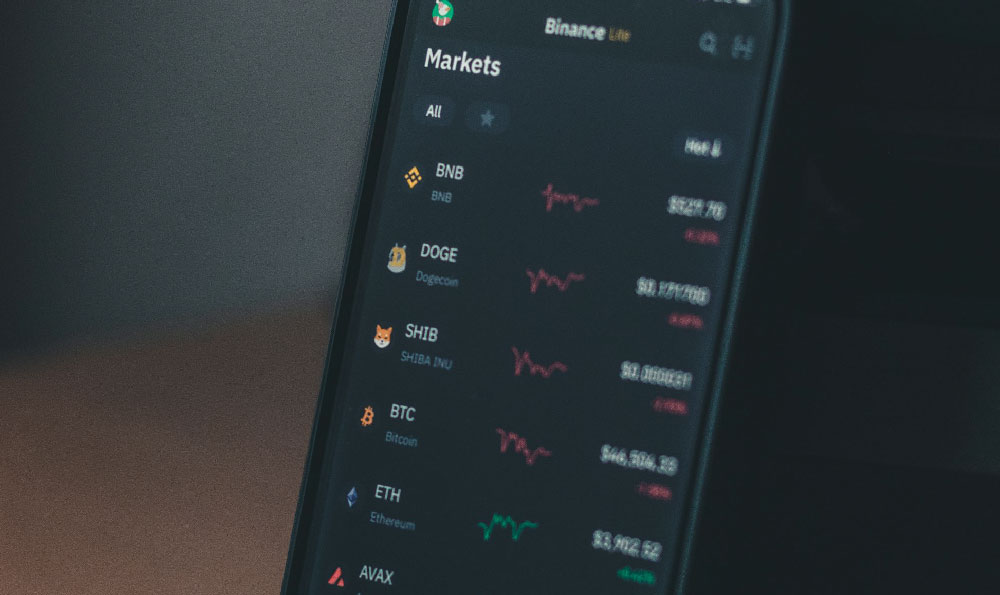Is Keepbit's Secure Layer Really Protecting Your Bot Trading, or Is It Vulnerable?
Keepbit's claim to offer a "secure layer" for bot trading warrants careful examination, separating marketing hyperbole from demonstrable security. In the rapidly evolving landscape of cryptocurrency trading, where automated bots execute complex strategies, the integrity and security of these systems are paramount. The question of whether Keepbit's security measures truly protect users or leave them vulnerable requires a nuanced assessment, encompassing potential attack vectors, the robustness of the implemented safeguards, and the overall risk profile associated with its platform.
Let's first dissect the common vulnerabilities that plague bot trading platforms. A major concern is API key compromise. These keys act as credentials allowing bots to access and trade on exchanges on behalf of the user. If these keys are stolen or leaked, malicious actors can drain accounts, manipulate trades, or use the bot for illicit activities. The security of API key storage and transmission is therefore critical. Keepbit needs to employ robust encryption methods for storing API keys at rest and during transit. Industry best practices include using hardware security modules (HSMs) or key management systems (KMS) for secure key storage and Transport Layer Security (TLS) for encrypted communication channels. The platform should also implement strict access controls, limiting which users and processes can access API keys. Ideally, a multi-signature approach could add another layer of protection, requiring multiple authorizations for sensitive operations involving API keys.
Another area of concern lies in the bot's code itself. If the bot's code contains vulnerabilities, attackers can exploit these weaknesses to compromise the entire system. This could involve injecting malicious code, manipulating trade parameters, or gaining unauthorized access to the bot's functionality. Keepbit must enforce stringent code review processes and security audits to identify and remediate potential vulnerabilities in its bot trading platform. Regular penetration testing, conducted by independent security experts, is crucial to uncover weaknesses that may have been overlooked during the development process. Additionally, Keepbit should provide a secure and isolated execution environment for bots, preventing them from interfering with each other or accessing sensitive system resources. Sandboxing technologies and containerization can be employed to achieve this isolation.

Furthermore, the platform's susceptibility to Distributed Denial of Service (DDoS) attacks poses a significant threat. DDoS attacks can flood the platform with malicious traffic, overwhelming its resources and preventing legitimate users from accessing the service. Keepbit needs to implement robust DDoS mitigation measures, such as traffic filtering, rate limiting, and content delivery networks (CDNs), to protect its platform from these attacks. The effectiveness of these measures should be regularly tested and updated to adapt to evolving DDoS techniques.
Beyond technical security, the platform's operational security practices are equally important. This includes implementing strong authentication and authorization mechanisms, such as multi-factor authentication (MFA), to prevent unauthorized access to user accounts. Keepbit should also have a comprehensive incident response plan in place to address security breaches or other incidents effectively. This plan should outline the steps to be taken to contain the incident, mitigate its impact, and restore normal operations. Regular security awareness training for employees is also essential to ensure that they are aware of the latest security threats and best practices.
Now, let's address how Keepbit claims to protect users. They mention a "secure layer," but without specific details, it's difficult to assess its effectiveness. Ideally, this layer should encompass several key components:
- API Key Management: Secure storage and transmission of API keys using encryption and access controls.
- Code Security: Regular code reviews, security audits, and penetration testing to identify and remediate vulnerabilities.
- DDoS Protection: Mitigation measures to protect the platform from DDoS attacks.
- Authentication and Authorization: Strong authentication mechanisms, such as MFA, to prevent unauthorized access.
- Incident Response: A comprehensive plan to address security breaches or other incidents.
- Risk Management System: Features that allow users to set limits and restrict access of the bot to the exchange.
To truly evaluate the effectiveness of Keepbit's "secure layer," users should seek verifiable evidence of these security measures. This could include third-party security audit reports, certifications, or documented security protocols. Transparency is crucial. Keepbit should be open about its security practices and provide users with clear information about how their data is protected.
However, even with robust security measures in place, no system is completely invulnerable. The cryptocurrency space is constantly under attack, and sophisticated attackers are always developing new techniques. Users must therefore adopt a proactive approach to security and take steps to protect their own accounts. This includes using strong passwords, enabling MFA, and being cautious about phishing scams and other social engineering attacks.
Ultimately, whether Keepbit's "secure layer" truly protects bot trading depends on the strength and implementation of its security measures. While claims of security are easily made, demonstrable evidence is crucial. Users should conduct their own due diligence, scrutinize Keepbit's security practices, and weigh the risks before entrusting their funds to the platform. Furthermore, users should diversify their holdings across multiple platforms and employ risk management strategies to limit potential losses. Never invest more than you can afford to lose, and always be aware of the inherent risks associated with cryptocurrency trading. It is also prudent to keep abreast of security news and trends within the cryptocurrency community, and to report any suspicious activity to Keepbit and the relevant authorities. The responsibility for security is shared between the platform and the user.















